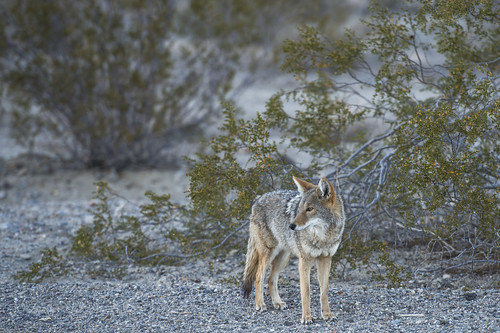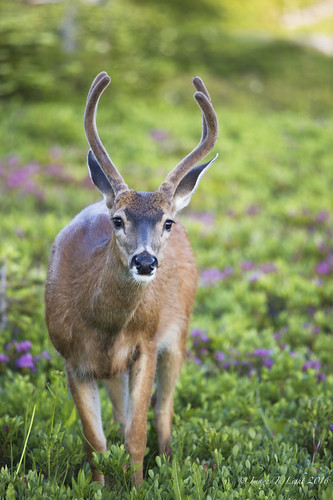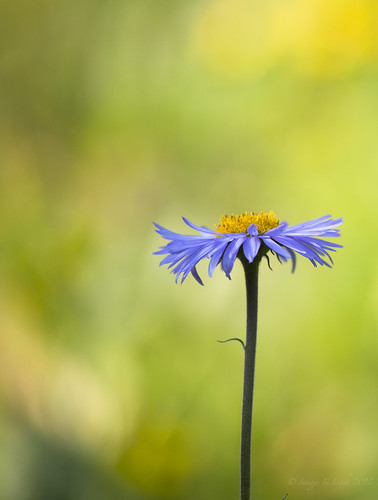5D Mk III EF 70-200 f/4 IS L, 200mm, f/4
5D Mk III EF 70-200 f/4 IS L, 200mm, f/4
The way to get background separation also known as subject isolation is easy, shoot a telephoto prime or zoom at a very wide aperture.
You want to have some distance between yourself and your subject, 200mm is a good focal length to use and shoot at the widest aperture you can, to cover the depth of field required, slightly stopped down is good in most cases and will give you better sharpness than wide open. An f/2.8 lens stopped down to f/3.5 for example. In the case of my EF 70-200 f/4 I keep it at f/4 because its sharp there and gives the depth of field I want. A 100mm or 200mm prime will usually give you even better subject isolation. The key is to shoot as close to wide open as you can, while keeping your subject in focus and blurring the background, most standard zooms are not very good at this. A constant aperture zoom or a prime is very helpful here.
This is the same technique used to shoot portraits, the more background blur the better, also try for less cluttered backgrounds if possible.
Ross




No comments:
Post a Comment
Feel free to leave your thoughts.